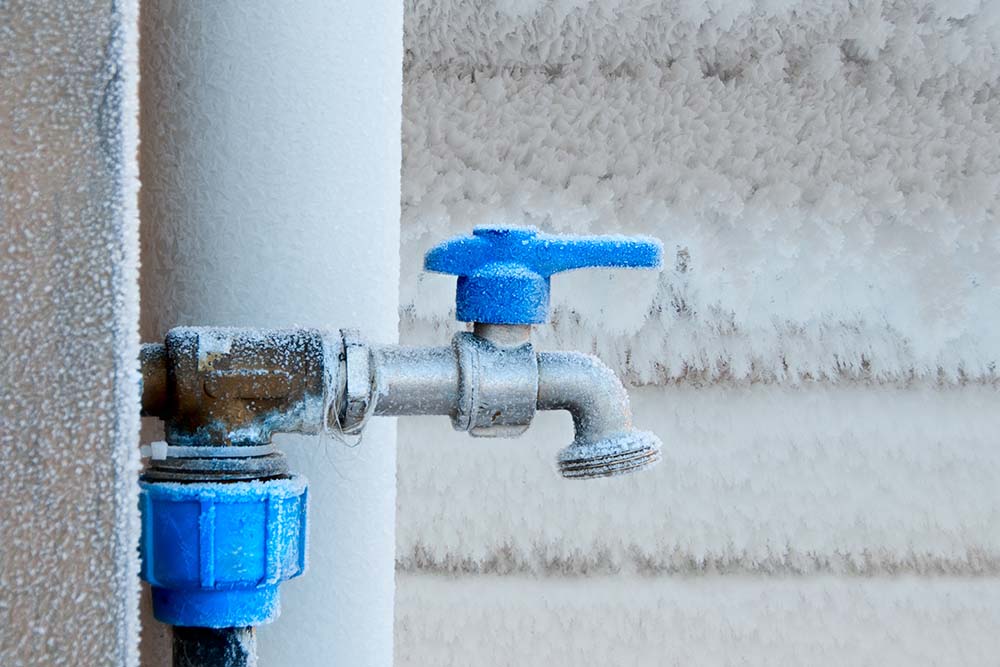Five Tips for Preparing Plumbing for the Winter
Winter is just around the corner and we all know that the cold weather can wreak havoc on our plumbing systems. Fortunately, there are steps you can take to keep damage minimal. This article will review tips for preparing plumbing for the winter, so your system stays safe.
Prepare Outdoor Plumbing
Your outdoor plumbing will be the first to bear the brunt of the cold weather. To keep equipment safe, make sure all items are properly drained. Then store them in a place where the cold won’t affect them.
Repair Plumbing Issues
If you have plumbing issues, now is the time to deal with them. Once the cold weather comes, plumbing issues will worsen and may result in permanent damage.
In addition to dealing with apparent problems, you should also check your fixtures to make sure there are no leaks, rust or corrosion. If you spot any of these issues, it’s best to call in a professional right away.
Insulate Pipes
Perhaps the most important part of getting your system ready is insulating pipes that are in cold or unheated parts of your house. There are many ways you can do this including the following:
- Insulating with strips of pipe wrap.
- Use foam pipe sleeves
- Add wall insulation
- Use frost proof covers on outdoor spigots
- Insulate gaps where pipes penetrate walls
Insulating pipes will keep them from freezing which can cause them to burst resulting in costly water damage to your home.
Get Your Water Heater Ready
It’s also important to get your water heater ready for the winter. That way, it won’t use excessive energy and it will keep your water warm throughout the season.
There are several things you can do to get your water heater winter ready. These are as follows.
- Check the temperature and pressure relief valve: Make sure the valve produces a steady stream of water and does not continue to run when closed. If it does, it means the valve is not working properly and pressure can build up in your tank causing leaks.
- Inspect the Anode Rod: The anode rod protects the heater from rust. If it’s down to ½” diameter or less, it’s time to replace it.
- Flush the tank: Use the drain valve to flush the tank and ensure no sediment or sand has accumulated.
- Insulate the tank: Insulate the tank with a blanket to prevent heat loss.
- Adjust the temperature: Adjusting the temperature to 120 degrees will set your water heater for maximum energy efficiency while preventing scalding.
Note: It may be best to call in a professional to make sure your water heater is ready for the cold weather.
Keep Your House Warm
A warm house means warmer pipes and a warmer system overall. While you don’t want to overheat, setting your thermostat to the recommended temperature will prevent damage.
Winter is on its way. What will you be doing to ensure your plumbing stays safe through the nasty weather?






